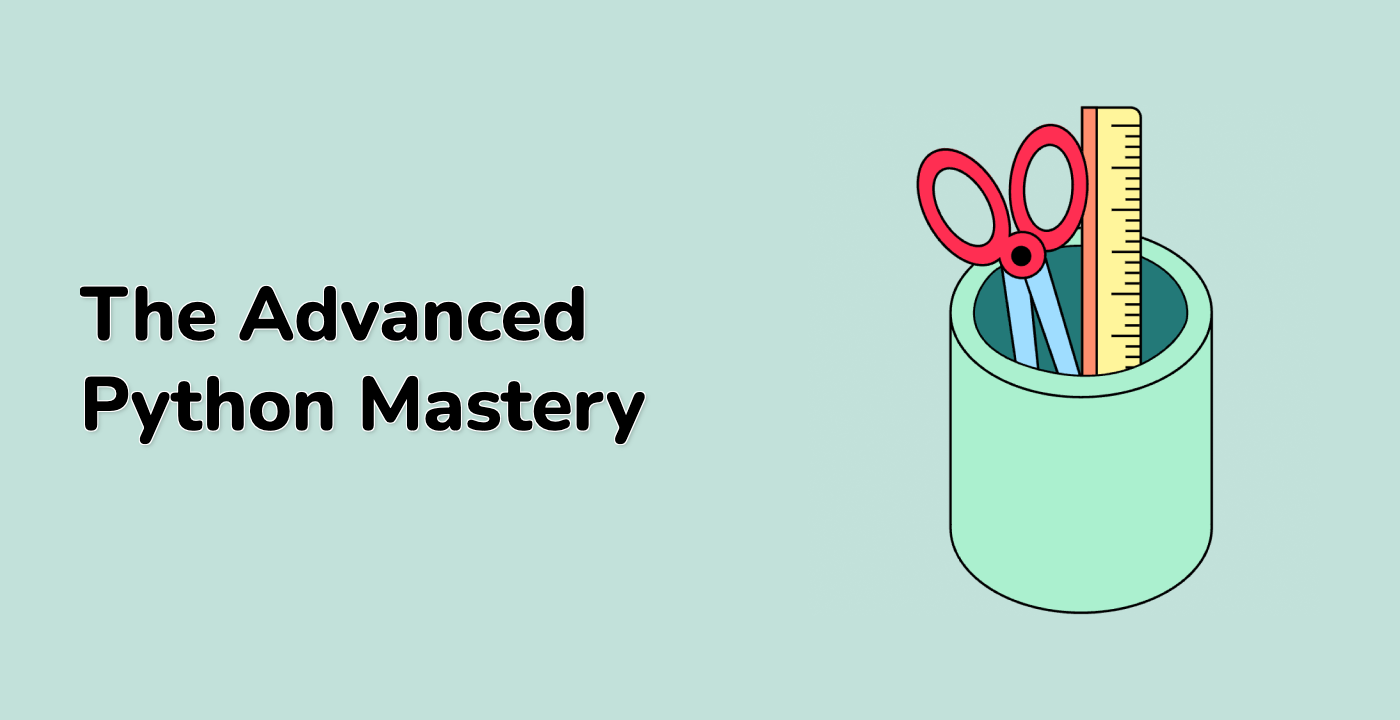Introduction
This lab will guide you through how to create a quiver plot using Matplotlib in Python. A quiver plot displays vector fields as arrows. It is useful in visualizing fluid flows, electric and magnetic fields, and other types of vector fields.
VM Tips
After the VM startup is done, click the top left corner to switch to the Notebook tab to access Jupyter Notebook for practice.
Sometimes, you may need to wait a few seconds for Jupyter Notebook to finish loading. The validation of operations cannot be automated because of limitations in Jupyter Notebook.
If you face issues during learning, feel free to ask Labby. Provide feedback after the session, and we will promptly resolve the problem for you.




